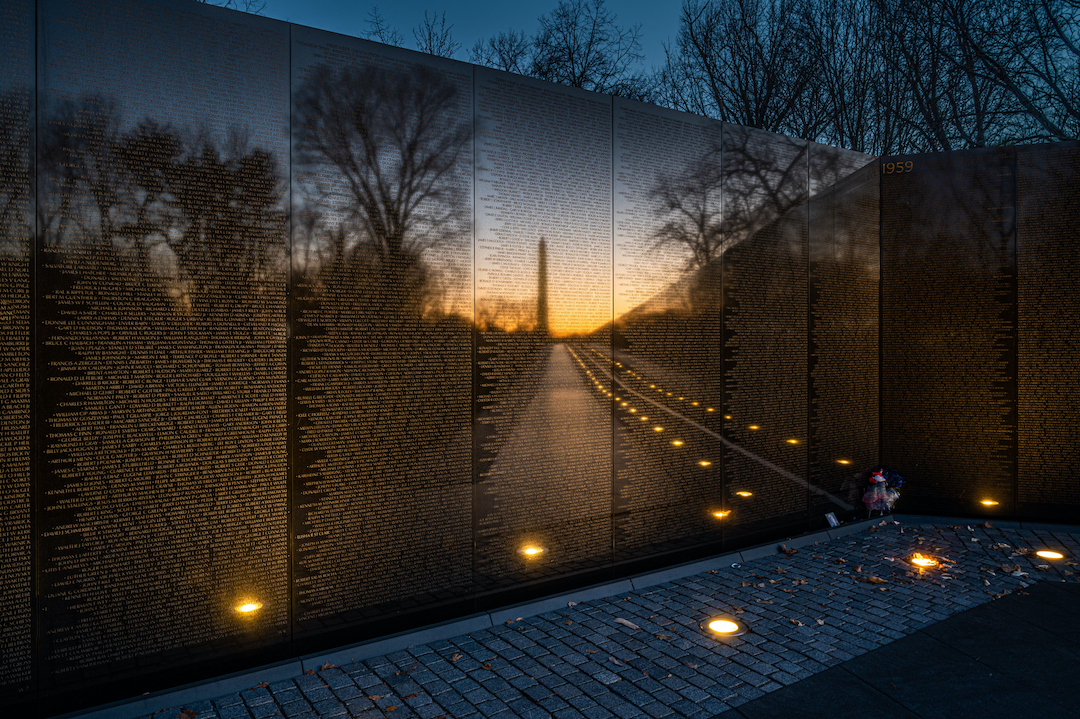
Each year, as the last Monday in May approaches, the United States pauses to remember and honor the brave men and women who gave their lives in service to the nation. Memorial Day is more than a long weekend or the unofficial start of summer—it is a sacred occasion rooted in collective gratitude and solemn reflection.
Origins: The Birth of Decoration Day
- Post–Civil War Remembrance
In the wake of the Civil War, America grappled with the staggering loss of life—more than 600,000 soldiers on both sides perished. Communities across the North began decorating the graves of Union soldiers with flowers, wreaths, and flags. One of the earliest recorded ceremonies took place on May 1, 1865, in Boalsburg, Pennsylvania, when local women placed flowers on the graves of soldiers, both Union and Confederate, as an act of reconciliation. - Establishment of “Decoration Day”
Inspired by these grassroots commemorations, General John A. Logan of the Grand Army of the Republic issued General Order No. 11 on May 5, 1868, designating May 30 as a national day to “strewing with flowers or otherwise decorating the graves of comrades who died in defense of their country.” This observance became known as Decoration Day, drawing thousands to Arlington National Cemetery for a monumental first ceremony, complete with speeches, a parade, and the laying of wreaths.
From Decoration Day to Memorial Day
- Expansion After World War I
After World War I, when American involvement abroad claimed even more lives, Decoration Day evolved to honor all fallen U.S. service members, not just those of the Civil War. By the 1920s, the term “Memorial Day” had gained popular usage, emphasizing the day’s broader purpose: solemn remembrance rather than decoration alone. - Official Recognition
In 1967, the federal government officially recognized the holiday as Memorial Day. The following year, Congress passed the Uniform Monday Holiday Act, moving Memorial Day from May 30 to the last Monday in May to create a three-day weekend for federal employees—yet without diminishing its solemn significance.
The Meaning Behind the Traditions
- Flags at Half-Staff
At dawn on Memorial Day, American flags are flown at half-staff until noon, symbolizing mourning for those lost. At noon, the flags are raised to full staff, representing the resolve of the living to carry forward the legacy of the fallen. - National Moment of Remembrance
At 3:00 p.m. local time, Americans across the country observe a National Moment of Remembrance—a minute of silence to reflect on the sacrifices made. This tradition, established by Congress in 2000, invites both individuals and organizations to pause and honor the fallen. - Visiting Cemeteries and Memorials
Families and communities place flowers, wreaths, or American flags at veterans’ gravesites. Many volunteer groups “adopt” cemeteries to ensure each grave is tended. Parades featuring veterans’ groups, marching bands, and military units wind through towns and cities large and small.
Nationwide Observances
- Local Parades and Ceremonies
From small towns to bustling cities, communities hold parades, often led by local veterans’ posts or youth organizations like the American Legion and VFW auxiliaries. Speeches by mayors, clergy, and veterans personalize the day’s remembrance. - Volunteer Service
Memorial Day also sparks a spirit of service: many choose to give back by supporting veterans’ organizations, cleaning veterans’ monuments, or donating to military charities. - Popular Media and Music
Documentaries, news features, and special musical tributes air on television and radio, ensuring that even those at home can participate in national remembrance.
Washington, D.C.: Ceremony at “The Wall”
In the nation’s capital, Memorial Day takes on a particularly reverent tone at the Vietnam Veterans Memorial—colloquially known as “The Wall.” Here’s how the day unfolds:
- Wreath-Laying Ceremony
At dawn, the President (or Vice President) places a wreath before the Wall’s reflective surface, bearing the names of more than 58,000 Americans who died or remain missing in action during the Vietnam War. Members of Congress, military leaders, and veterans’ representatives follow suit. - Reading of Names
Volunteers often read aloud the names inscribed on the Wall, sometimes over many hours, ensuring each service member is spoken for and remembered. - Tomb of the Unknown Soldier
Nearby at Arlington National Cemetery, the Changing of the Guard at the Tomb of the Unknown Soldier is a timeless tribute. A solemn sentinel relief marks the end of the Arlington National Cemetery ceremonies, symbolizing the nation’s undying respect. - National Memorial Day Parade
Since 2014, the streets of downtown D.C. host the National Memorial Day Parade—the largest of its kind in the country. Veterans, marching bands, and active-duty military units from all branches participate under the motto “We Honor the Sacrifice.”
A Living Legacy
Memorial Day is more than a date on the calendar; it is a collective promise that those who answered the call of duty and made the ultimate sacrifice will never be forgotten. Whether attending a local parade, placing flowers on a gravesite, observing the three p.m. moment of silence, or standing before “The Wall” in Washington, D.C., each act of remembrance weaves into the larger tapestry of national gratitude—ensuring that their legacy endures in our hearts and freedoms for generations to come.
-Lê Nguyễn Thanh Phương-
